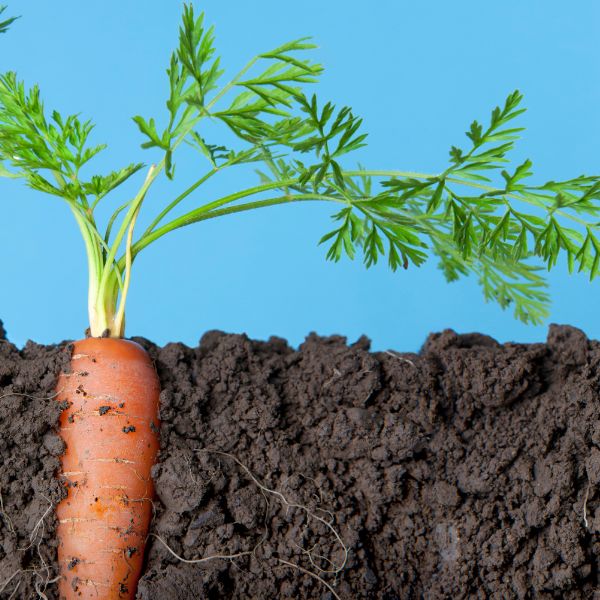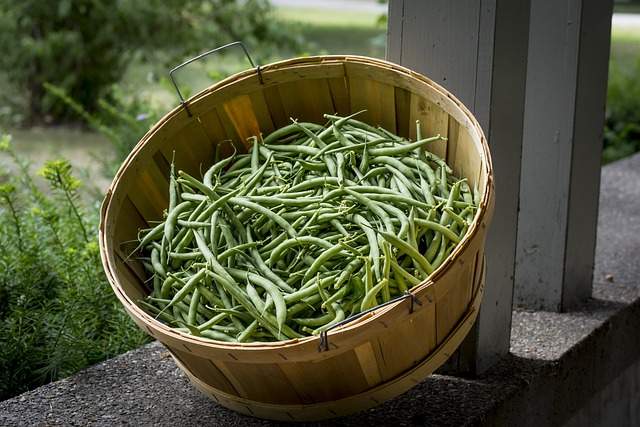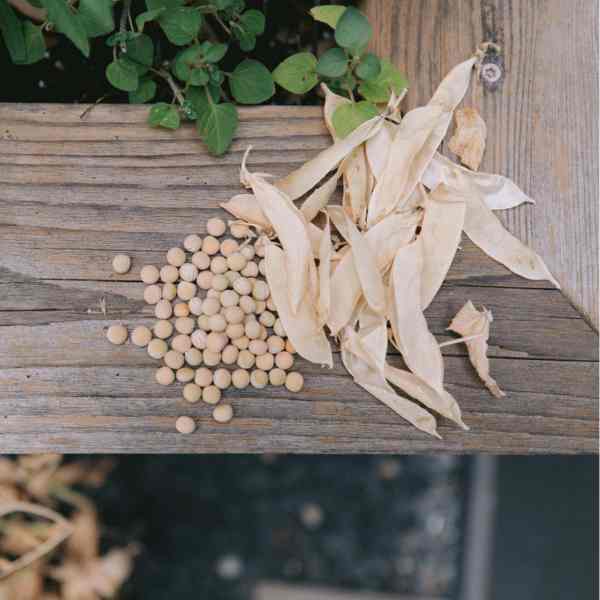Seed Saving: Carrots

Saving carrot seeds is a relatively simple process that involves allowing the carrot plant to fully mature and produce seeds, harvesting the seeds, and properly storing them for future use.
Here’s a step-by-step guide on how to save carrot seeds
Allow the carrot plant to fully mature
Carrots are biennials, which means they take two years to complete their life cycle. In the first year, the plant produces the carrot root that we eat. In the second year, the plant sends up a tall stalk with flowers that eventually turn into seed heads. To save carrot seeds, you need to wait until the second year when the plant has fully matured.
Harvest the seed heads
Once the carrot plant has produced seed heads, allow them to dry on the plant for a few weeks until they turn brown and the seeds inside are fully mature. Then, cut off the seed heads and place them in a paper bag.
Remove the seeds from the seed heads
Once you have harvested the seed heads, you need to separate the seeds from the chaff. To do this, crush the seed heads gently in the paper bag and shake out the seeds. Discard any debris or chaff.
Dry the seeds
Spread the carrot seeds out on a paper towel or screen and allow them to air dry for a few days in a warm, dry place. Once the seeds are fully dry, you can store them.
Store the seeds
To store carrot seeds, place them in an airtight container such as a glass jar or a plastic bag. Label the container with the date and type of seed, and store it in a cool, dry place. Carrot seeds can be stored for up to 3 years if kept in a cool, dry location.
Now lets get to growing those seeds
Choose a sunny spot
Carrots need at least 6 hours of direct sunlight per day, so choose a spot in your garden that gets plenty of sunshine.
Prepare the soil
Carrots grow best in well-drained, loose soil. Remove any rocks, debris or large clumps of dirt and mix in some compost or organic matter to enrich the soil.
Sow the seeds
Sow the carrot seeds directly into the soil, planting them about 5 mm deep and 2 cm apart. Space rows about 30 cm apart.
Water
Water the seeds immediately after planting, keeping the soil moist but not waterlogged. Continue to water regularly throughout the growing season.
Thin the seedlings
Once the seedlings emerge and grow to about 5 cm tall, thin them out by removing the weaker plants and leaving the strongest ones. Space them about 6 cm apart.
Mulch
Mulch around the plants with straw, leaves, or grass clippings to help retain moisture and prevent weeds from growing.
Fertilise
Carrots are light feeders, but you can fertilize with a balanced fertilizer once or twice during the growing season.
Harvest
Carrots can be harvested when they are the size you prefer. Gently pull them out of the ground, being careful not to damage them. Enjoy your fresh, homegrown carrots.






